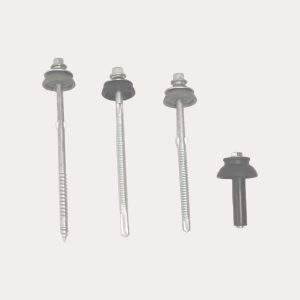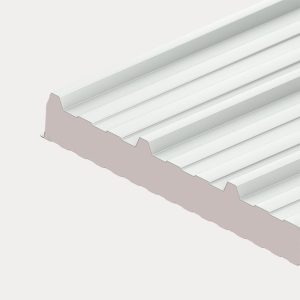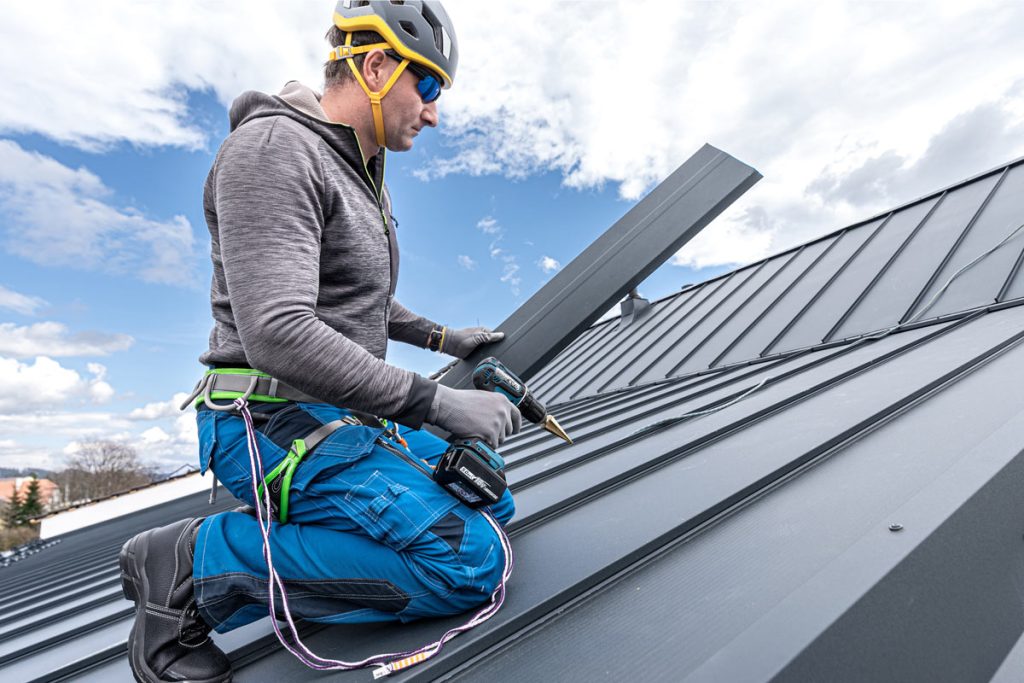Menu





When it comes to roofing, the choice of material is one of the most critical decisions you’ll make. Sheet roofing, known for its durability and versatility, offers a wide range of options. Each material has its unique characteristics, benefits, and considerations, making it essential to choose the right one for your specific needs. In this ultimate guide, we will explore the various sheet roofing materials available and provide you with the knowledge to make an informed choice.
Before diving into specific roofing materials, it’s crucial to understand your needs and the environment in which your roofing system will operate. Consider the following factors:
Now, let’s explore some of the most common sheet roofing materials, along with their characteristics and considerations:
a. Metal Roofing
Metal roofing is a popular choice for its durability, longevity, and versatility. Common materials include steel, aluminum, and copper. Metal roofing offers the following benefits:
b. Asphalt Shingles
Asphalt shingles are one of the most common roofing materials due to their affordability and ease of installation. They offer the following advantages:
c. Slate Roofing
Slate roofing is known for its natural beauty and remarkable durability. Consider the following features:
d. Rubber Roofing
Rubber roofing, often made from EPDM (ethylene propylene diene terpolymer), is a versatile choice with several benefits:
In addition to the base material, consider the coatings and finishes available for sheet roofing. These can enhance your roofing material’s performance and longevity. Common options include:
Choosing the right sheet roofing material is a complex decision that requires a comprehensive understanding of your specific needs and the available options. To ensure you make an informed choice, it’s advisable to consult with a professional roofing contractor or architect. They can provide valuable insights, assess your building’s unique requirements, and recommend the best material and roofing system for your project.
Different roofing materials have varying installation requirements. Consider factors like the complexity of the installation, the expertise of local contractors, and the time it takes to complete the project. Some materials may require special tools or skills, so it’s crucial to evaluate the feasibility of the installation.
Before making your final decision, inquire about warranties provided by the manufacturer and installer. Pay attention to the terms, length, and coverage of the warranties. Long-term considerations include maintenance requirements and the potential for repairs over the roof’s lifespan.
Ensure that your roofing choice complies with local building codes and regulations. Some areas have specific requirements regarding roofing materials, fire resistance, and energy efficiency. Verify that your chosen material meets these standards to avoid potential legal issues.
If environmental sustainability is a priority for you, consider the ecological impact of your roofing material. Some materials, such as metal roofing and natural slate, have a smaller environmental footprint due to their recyclability and natural sourcing.
In conclusion, choosing the right sheet roofing material is a critical decision that requires careful consideration of your needs, budget, and environmental priorities. By understanding the features and benefits of different roofing materials, consulting with professionals, and assessing local regulations, you can make an informed choice that will not only protect your property but also contribute to its long-term sustainability and aesthetic appeal. Your roofing material is more than just a covering; it’s an investment in the future of your building and the environment.